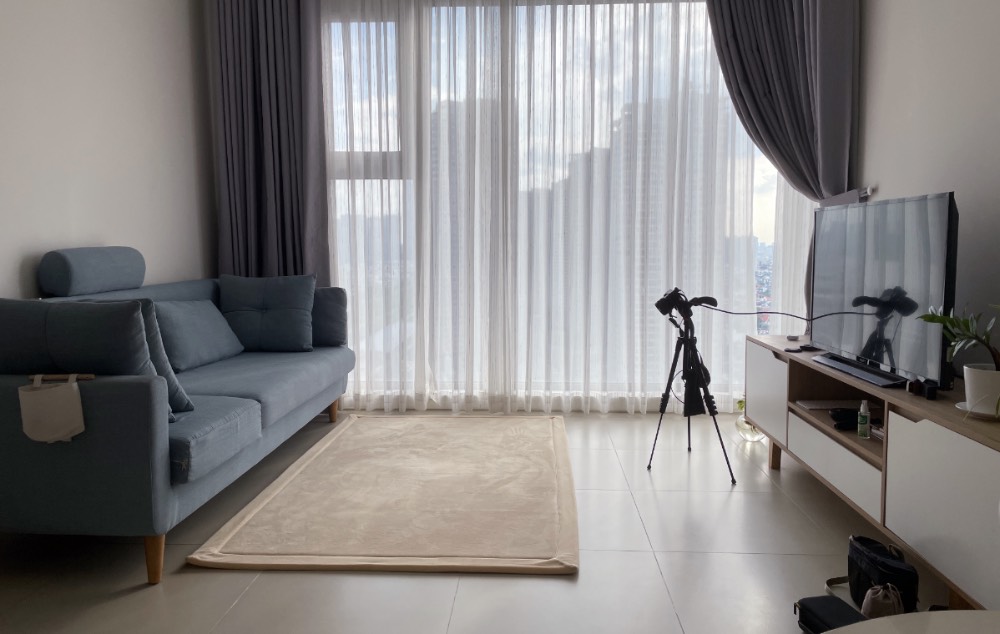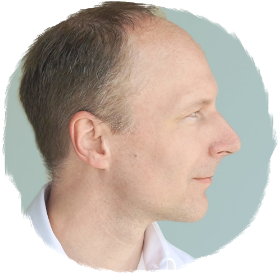Yesterday I finished my day with two questions: „What are the equivalents to (1) reading and (2) writing in terms of physical movement?” and woke up to a third question:
„When there is no benefit in studying grammar in regard to writing and language growth, why is there such an overemphasis on technicalities in movement studies?”
In his essay „Teaching Grammar: Why Bother?”, Professor Stephen Krashen writes:
„Research has shown that there is no relationship between grammar study and writing. Perhaps the most convincing research is that of Elley, Barham, Lamb and Wyllie. After a three year study comparing the effects of traditional grammar, transformational grammar and no grammar on high school students in New Zealand, they concluded that English grammar, whether traditional or transformational, has virtually no influence on the language growth of typical high school students.”
My question remained, „What is the equivalent to reading in terms of movement?” Every baby is watching its parents attentively, and is learning from them rigorously. Furthermore we grow up to adopt very similar movement patterns from the people around us, which will make us walk and move like locals. People from Norway walk in a different way than people from Africa. Professor Roar Bjørkvold from the University of Oslo, Norway, made an entire documentary to this length, titled „When the Moment Sings – The Muse Within – With Africa in the Mirror, Oslo 1996.”
My question remained, „Is watching dance performances the equivalent of reading?” It isn’t for me. I can read for hours on end, but even the most gifted and dedicated dancers on Youtube can’t hold my attention for more than a few minutes. „Or figure skating maybe?”, I asked myself. What kind of movement based performances do people love to watch for hours at a time? In community, cheerfully, what do they write about, discuss, imitate, try for themselves, and can’t stop themselves from watching again and again?
- Football / Soccer – 4 Billion estimated fans
- Cricket – 2.5 Billion estimated fans
- Hockey – 2 Billion estimated fans
- Tennis – 1 Billion estimated fans
Source: Worldatlas.com, The Most Popular Sports In The World
That’s something. But is it a lead? Does watching sports help with anything movement related? Does it help with playing sports? With becoming better at it? I googled, „Researchers say watching videos of athletes really can improve your own game.”
Or maybe it’s enough to watch other people, how they move, walk, how they do things, to somehow copy or acquire their movement patterns? Maybe, if we love someone deeply enough, or if we feel that we belong to some folks, we will automatically start to imitate them, become more like them? Does watching „our team”, or „our group”, or „our students”, watching them move, lead to acquisition of new patterns in and for ourselves, does it lead to improvements, changes? I myself have experienced it on numerous occasions, and have account from my professional colleagues and students alike, „I did not participate in today’s Feldenkrais class, I just sat there and watched the other students move. Yet, after class I felt so good and could move so much better, as if had actually participated!” But how does that work, exactly? What are the necessary conditions? How experienced would such a „participating observer” have to be? Could this be quantified, replicated? Could there be choice? How far could this be taken? Could it be taught?
Then I stumbled over the topic of sports journalism, and how professional writers describe movement, write about movement and the things they see, for example, on a tennis court or a soccer field, and how they see it.
And then I remembered the books of Moshé Feldenkrais.
„Lie flat on your back, slightly bending the knees, with the soles of the feet on the ground. Lift your head off the ground and look at your belt. This position of the head must be borne in mind at the beginning so that it becomes a habit with you”, is the beginning of the first lesson in Moshé Feldenkrais’ 1944 book „Judo: The art and defence of attack”. 175 pages of movement instructions and observations. That was almost three decades before he would conduct his first Feldenkrais teacher training. I flipped through that book a couple of times before, as well as his book from 1942, „Hakaka-Jime: The Core Technique for Practical Unarmed Combat”, and 1952, „Higher Judo: Ground Work”, but I never saw these books in this light. They are a documentation of Moshé Feldenkrais’ formation process. Right there in front of us, hidden in plain sight. It was a revelation to me, startling, fascinating, remarkable.
Moshé Feldenkrais had one more book published in which he wrote down movement lessons: His 1972 book „Awareness Through Movement” holds 12 lessons complete with his commentary, next to a good 50 pages of „Understanding while doing”, practical tips and theoretical background.
However, the majority of Moshé Feldenkrais’ expansive, outright enormous body of work exists mostly in form of audio recordings, which later were transcribed and translated. I’m neither a ghostwriter nor a bibliographer, I just want to briefly give account: There’s something like 550 audio recordings from his studio in Alexander Yanai Street in Tel Aviv, where he was teaching group classes from the early 1950s to the late 1970s. As I counted earlier, all volumes of Harry Potter add up to 1,084,170 words, the transcriptions of these „Alexander Yanai” lessons (I counted over 544 unique lessons) add up to 1,767,682 words. There’s something like 278 audio and video recordings of unique group lessons from his two summers of training in Amherst 1980 and 1981. These are the two biggest repositories, next to his three summers of training in San Francisco 1975-1977. And then there were many more workshops.
Moshé Feldenkrais, the man who put his mark on all generations to come, was an engineer first, and then a genius. He solved the big problems in writing first: how to observe and describe movements. How to write down the intrinsics of movement learning and the acquisition of ability, the components of action, „moving, thinking, sensing, and feeling”. For this he used written instructions, short stories, essays, and commentaries. In this way he created a strong, technical foundation. This strong, technical foundation in a multitude of skills then was, if I may dare to assert so, the launch pad to his magnificent work and stellar career.


